The British Army’s next main battle tank prototype, the Challenger 3, has been revealed. Once completed at the factory in Telford, the new tank is expected to begin testing soon before entering service as planned for 2027.
The first photos of the original Challenger 3 prototype were released on January 24 by Rheinmetall BAE Systems Land (RBSL), a joint venture between Germany’s Rheinmetall and Britain’s BAE Systems, as part of the Armored Vehicles conference. IQPC international steel in London.
Rory Breen, Director of Strategy and Future Sales at RBSL said, “ The Challenger 3 program will deliver the best tank in NATO, a digital main battle tank with network connectivity , helping soldiers improve their effectiveness in combat .”
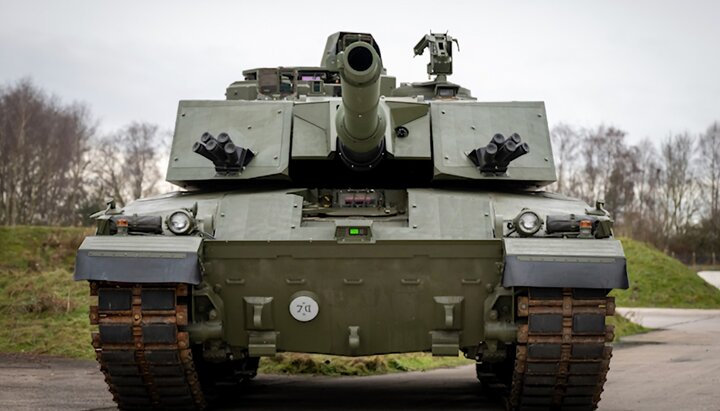
Front view of the first Challenger 3 prototype.
Challenger 3 tank
As expected, the Challenger 3 stands out with its new turret when equipped with Rheinmetall’s L55A1 120mm smoothbore gun. This gun replaces the L30A1 cannon currently equipped on the Challenger 2. The new main gun has a higher muzzle velocity and provides better penetration.
Challenger 3’s main gun can fire many types of NATO standard smoothbore bullets, including kinetic armor-piercing bullets (APFSDS) DM63 and DM73. These types of bullets have long dart-shaped penetrators, using kinetic energy to penetrate enemy tank armor.
The Challenger 3 can also fire the US-made M829A4 round, another APFSDS round, but one with depleted uranium (DU) penetration properties. Currently, the British Army is also using L27A1 CHARM 3 uranium ammunition on Challenger 2 tanks.
Using NATO standard ammunition will bring logistical and cost advantages to British tanks, but the number of bullets carried will be less with only 31 bullets, compared to 49 bullets on the Challenger 2. Ammunition is Stored in a separate compartment at the rear of the turret, increasing survivability if the tank is hit by enemy fire.
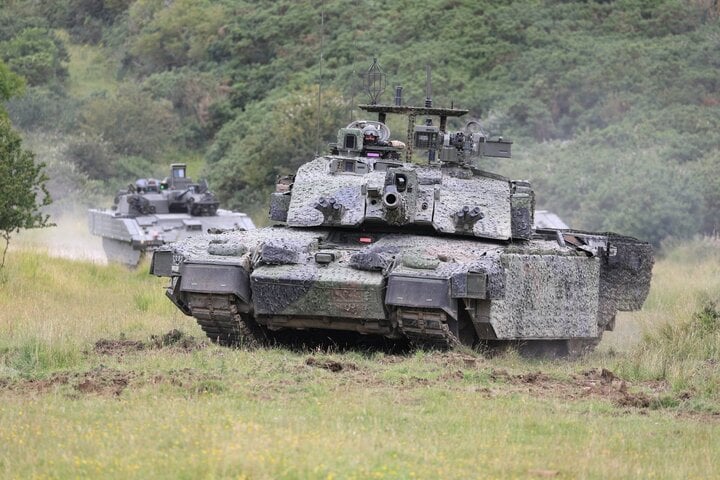
The British Army tested a number of advanced camouflage and armor solutions on the Challenger 2.
The Challenger 3 is provided with a targeting optics package similar to that found on the British Army’s Ajax tracked infantry fighting vehicle. The system includes a Thales Orion day/night monitor and a panoramic viewfinder (DNGS T3). These facilities are said to provide logistical and cost benefits. These new devices are part of an open architecture concept, meaning they can easily be upgraded or replaced with better devices in the future.
To increase the level of protection, Challenger 3 has been supplemented with new modular armor (nMA). Using a modular system means that parts of the armor can be quickly removed and replaced. That eliminates the need for the British military to buy all armor for all 148 Challenger 3s, instead they can equip nMA for each tank as needed.
The British military tested a number of advanced camouflage and armor solutions on the Challenger 2, known as the Megatron. There is also an active protection system (APS), an indispensable equipment of today’s modern tanks, which helps tanks defend better against anti-tank guided missiles. It could also be used in the future against low-level drones.
Like the nMA package, the APS will not be equipped on all Challenger 3s but will only be installed on tanks when deployed on missions. The UK chose the Israeli-made Trophy APS to equip the Challenger 3, a system that uses radar to detect incoming projectiles and fire bullets to intercept them. Trophy has also been used a lot recently in the conflict between Israel and Hamas in the Gaza Strip. However, the Challenger 3 prototype in its current configuration is not yet equipped with Trophy.
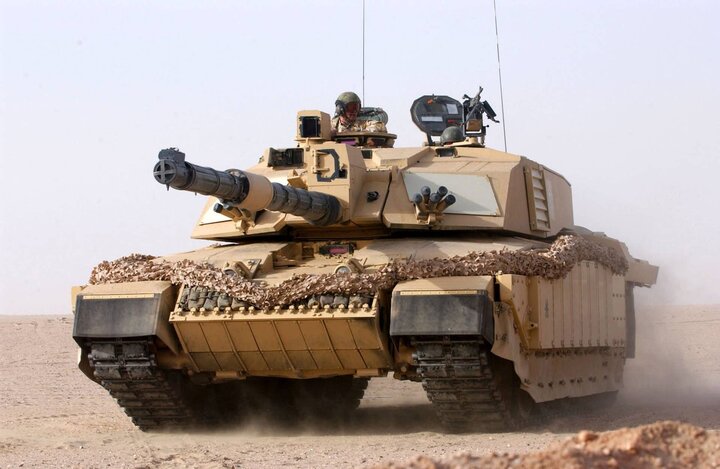
A British Army Challenger 2, part of the 1st Royal Regiment’s Fusiliers battle group, in action at Camp Coyote, Kuwait, in 2003.
Although firepower and protection are the main focus of the Challenger 3 program, British experts are still interested in the vehicle’s mobility by conducting the Heavy Armored Improvement Project (HAAIP). The design included the addition of an improved engine (though no increase in power), new suspension, hydraulic rail tensioners, electric cold start system and new cooling system.
The tank shown in photos at the IQPC conference is the first of eight planned prototypes. These systems are expected to undergo 18 months of testing in both the UK and Germany before a system qualification review in 2025.
Challenger 3 will not be a new version but will be upgraded from the existing Challenger 2. According to the British Army, Challenger 2s have been in service since 1994. The tank has participated in combat operations in former Yugoslavia and Iraq but has never suffered losses.
RBSL’s Rory Breen explained how the first Challenger 3 prototype was created as follows, “ What we did for the prototype was just use the Challenger 2 chassis and everything else was completely new .” This option will also be applied to the production of other vehicles, although technically, Breen says, RBSL could still build all-new Challenger 3s if required.
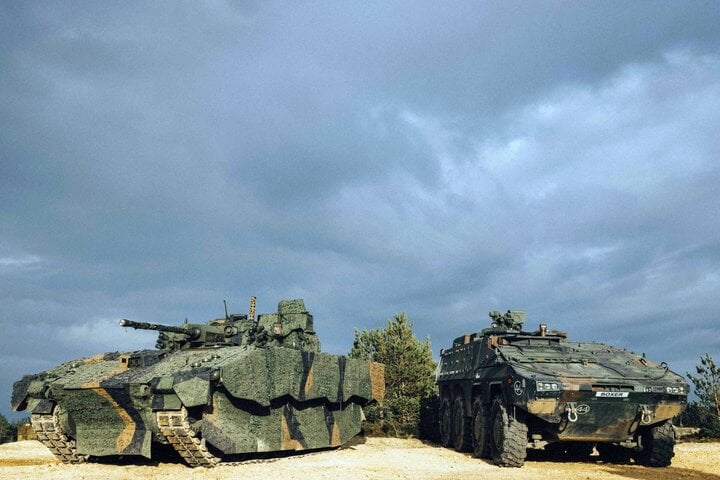
Ajax combat vehicle (left) and Boxer side by side during a demonstration of the British Army’s capabilities on the training area at Camp Bovington, England.
British Army
For the British Army, the government’s investment of around $1 billion in the Challenger 3 program will ensure the future of the British tank force at least until 2040, when Challenger 3 is expected to be launched. gradually replaced.
However, in the meantime, the current Challenger 2 fleet has faced questions about its suitability, especially after 14 of these tanks were delivered to Ukraine in 2023.
In February 2023, there were some reports that the transfer of 14 Challenger 2s had significantly reduced the number of combat-ready tanks in the British army. However, part of the shortage is due to the fact that some Challenger 2s have been taken out of operational units to be upgraded as Challenger 3s.
Against this backdrop, the British Army is working to introduce not only Challenger 3 but also wide-ranging organizational changes. The British Army is being built according to the motto “good combat, mobile and lean” with only about 72,500 soldiers by 2025, down from 76,000 soldiers in 2021, and will mainly be organized into Combat Teams. Brigade level (BCT).
These BCTs will operate a range of new combat vehicles and aircraft, with the Challenger 3 supported by Ajax infantry fighting vehicles, Boxer armored personnel carriers, AH-64E Apache attack helicopters and many other types.
The British Army is looking forward to receiving the Challenger 3s, which they describe as a “digital backbone” that will help connect with other combat vehicles in the BCT, improving the ability to share data with different platforms. in real time.
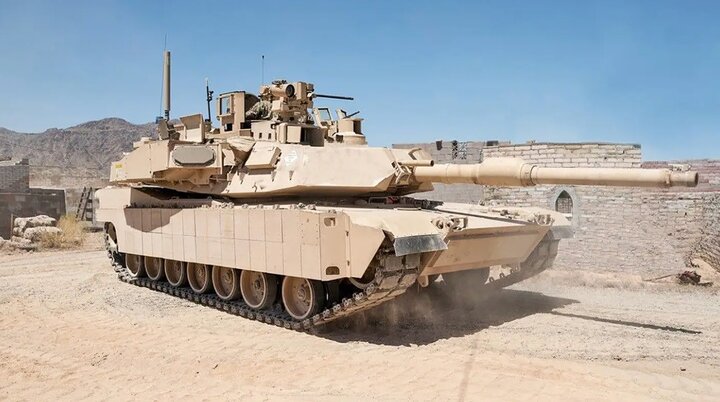
A US Army M1A2 SEPv3.
Difficulties
However, from reality on the Ukrainian battlefield, there are still some questions about the mobility of the Challenger 3, especially when the vehicle’s weight increases and its power increases disproportionately.
The Challenger 2s had weight problems. The Challenger 2 weighs 82.7 tons with additional armor modules, making it heavier than the US Army’s M1A2 SEPv3.
An optimally designed tank must meet factors such as balance in firepower, protection and mobility. While the Challenger 3’s mobility is not exceptional, its protection and firepower attributes are said to be impressive.
However, Challenger 3 will have certain advantages when upgraded in the future thanks to its open architecture concept. The tank has the ability to be upgraded with additional or improved features, including to respond to new threats on the battlefield. However, such changes will require more costs and currently, the British government is investing heavily in air power and future warships, not to mention improving deterrence capabilities. Submarine-based nuclear is extremely expensive.
The conflict in Ukraine has proven that predictions about the demise of main battle tanks are premature. At the same time, it also shows how vulnerable modern tanks can be to a variety of threats, from advanced precision-guided munitions to first-person perspective (FPV) drones.
The security environment is changing rapidly not only in Europe but also around the world, how and how effectively the British Army will use its Challenger 3 main battle tank force. is still a big question.





